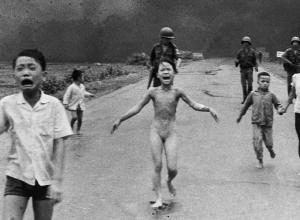Growing up in the Jim Crow south, Ernest Barnes Jr had limited options to pursue his artistic endeavors. His first opportunity came when accompanying his mother to work in the home of a wealthy local attorney, who encouraged the young Barnes to peruse his collection of art books. An all-star football player at his segregated high school, Barnes was offered 26 college scholarships, choosing to attend the nearby North Carolina College at Durham (now North Carolina Central University), majoring in art. In 1959 Barnes was drafted by the Baltimore Colts and went on to play for several NFL teams. An injury lead to his early retirement in 1965.
While he was a professional athlete, Barnes never strayed far from his passion for art. He continued to sketch on the sidelines, publishing illustrations in the off-season and painting commissions for his teammates. After leaving the field, the NFL made Barnes the league’s official artist, keeping him on in a salaried position. New York Jets owner Sonny Werblin introduced Barnes to the New York gallery scene, and in 1966, sponsored his first solo exhibition at Grand Central Art Galleries.

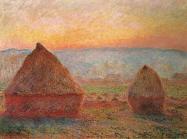






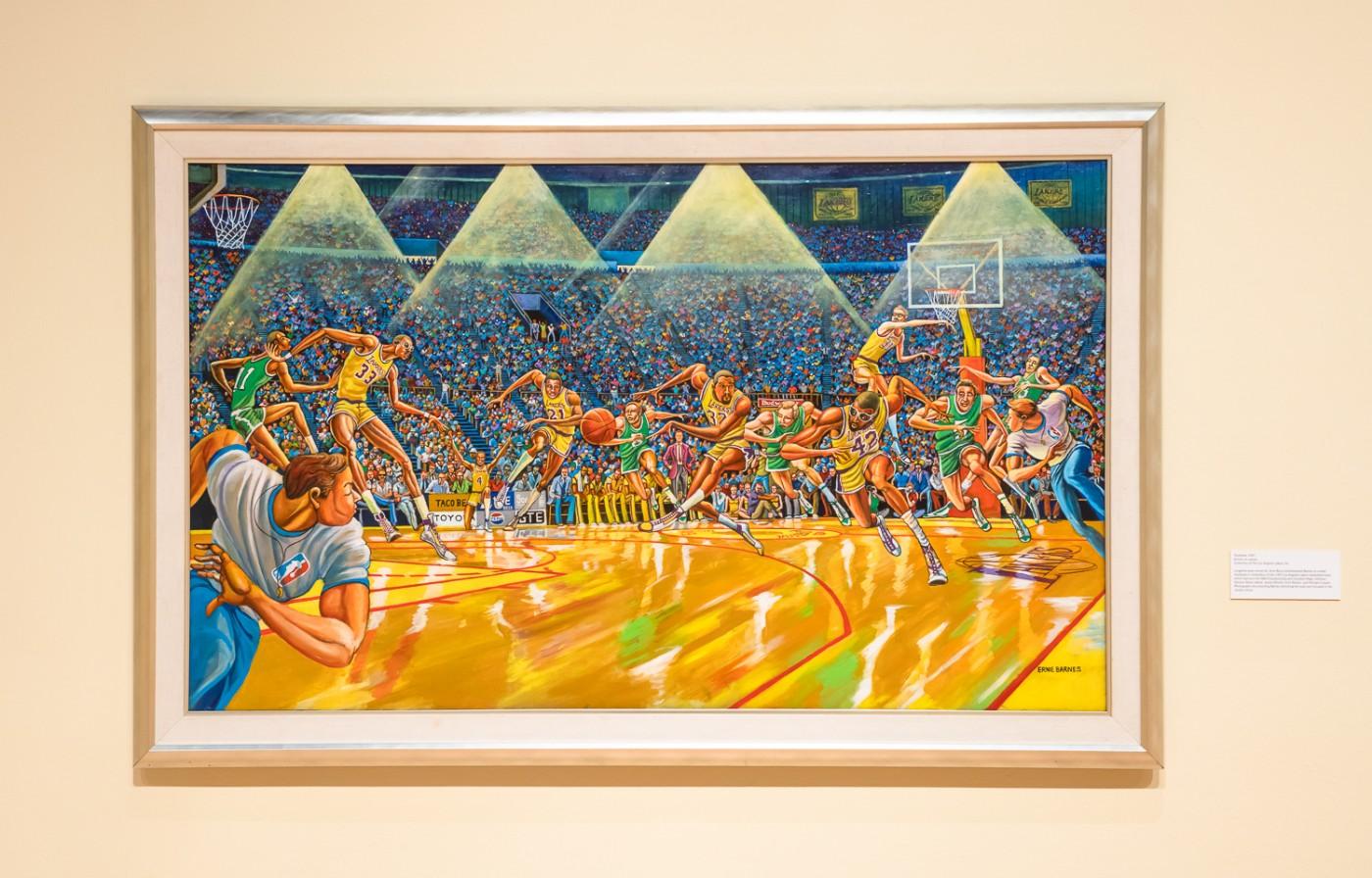
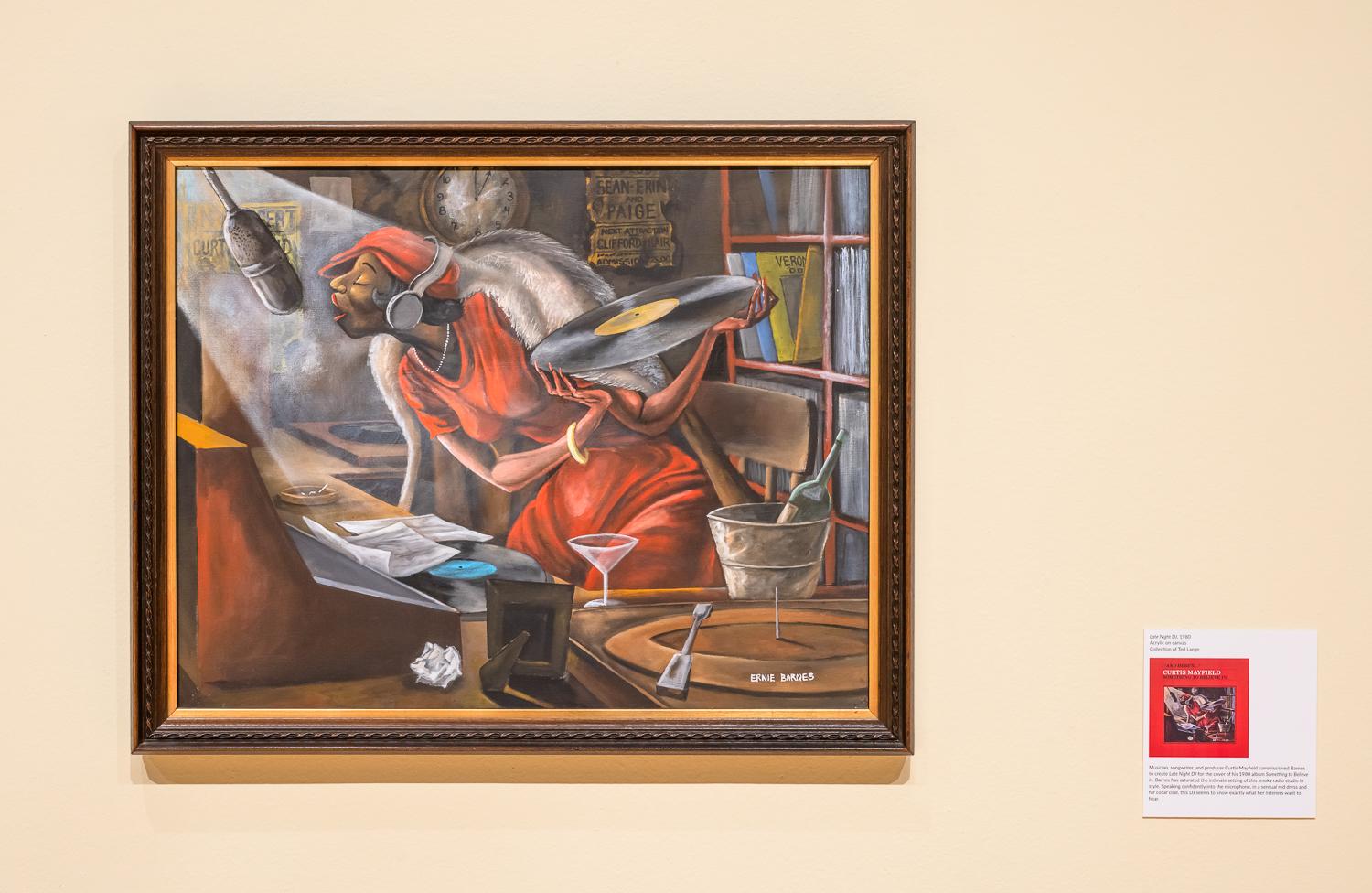
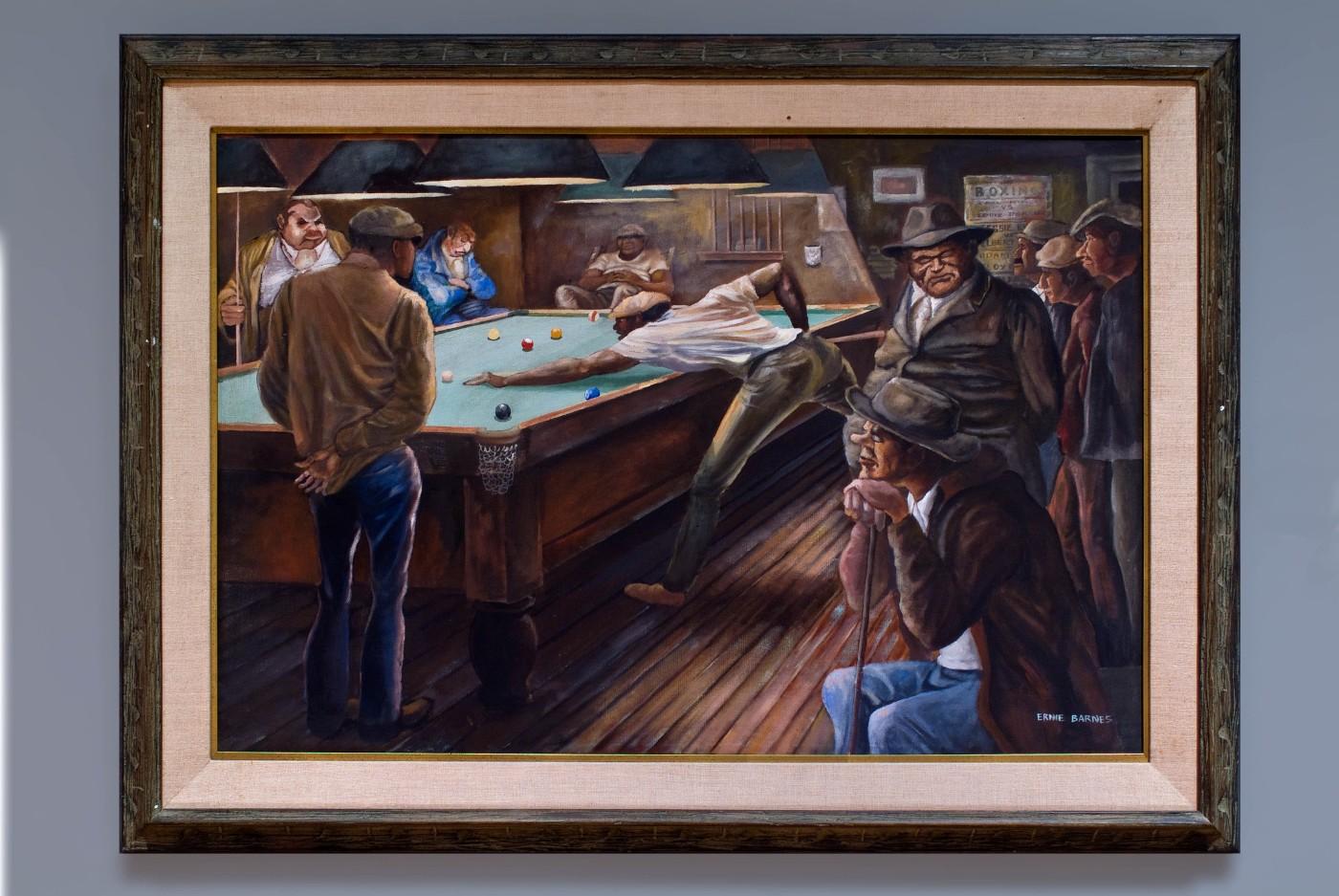

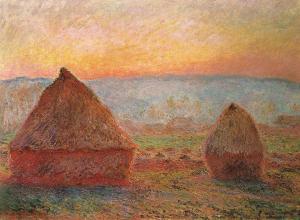
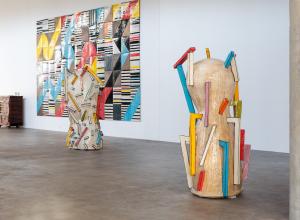















![DEl Kathryn Barton [Australian b. 1972] the more than human love , 2025 Acrylic on French linen 78 3/4 x 137 3/4 inches 200 x 350 cm Framed dimensions: 79 7/8 x 139 inches 203 x 353 cm](/sites/default/files/styles/image_5_column/public/ab15211bartonthe-more-human-lovelg.jpg?itok=wW_Qrve3)
